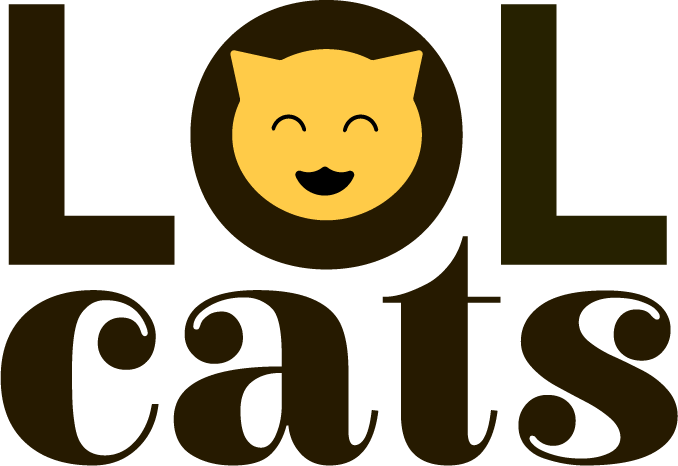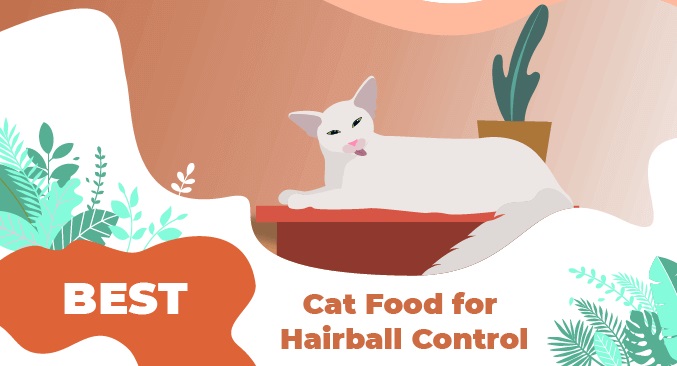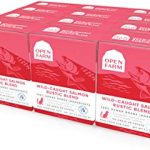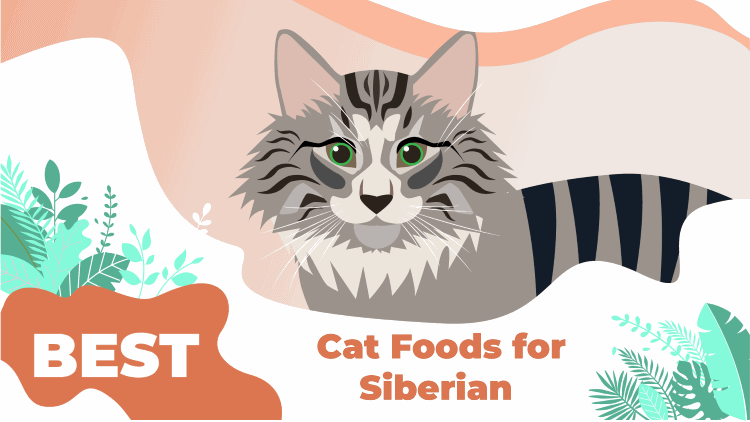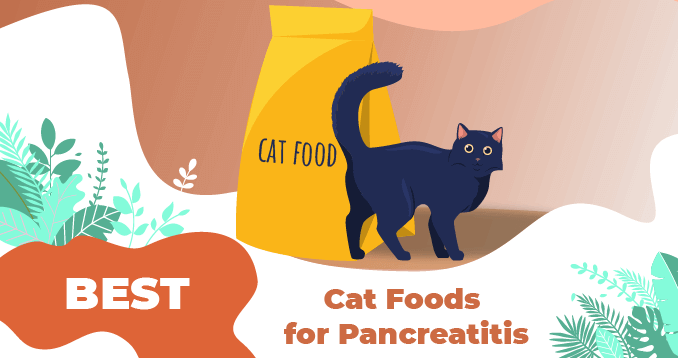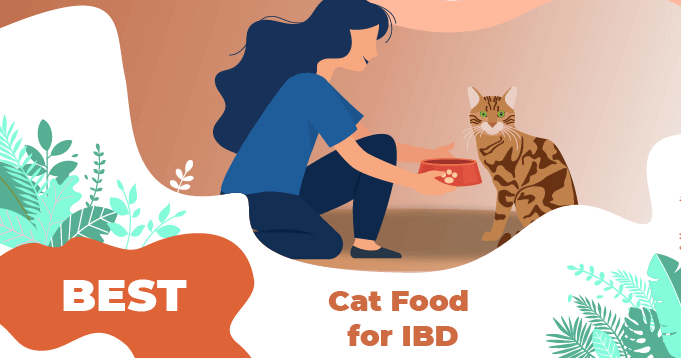Best Cat Food For Hairball Control
This page contains affiliate links. We may earn money or products from the companies mentioned in this post through our independently chosen links, which earn us a commission.
Every cat owner knows the sound of a cat about to cough up a hairball. The sound itself is disgusting enough, let alone the gooey, hairy mess that follows it. Hairballs are a natural consequence of all the grooming your cat does, but that doesn’t mean you can’t control them.
Making changes to your cat’s diet could reduce hairballs and make life that much better for both you and your cat.
Compare Best Cat Food For Hairball Control
|
Best Affordable
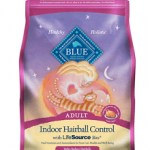
2. Blue Buffalo Indoor Hairball Control Chicken & Brown Rice Recipe Adult Dry Cat Food |
Best Grain-Free
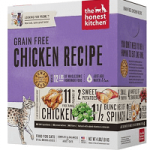
3. The Honest Kitchen Grain-Free Chicken Recipe Dehydrated Cat Food |
Best Wet Cat Food
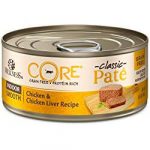
4. Wellness CORE Grain-Free Indoor Chicken & Chicken Liver Recipe Canned Cat Food |
Best For Allergies And Hairballs
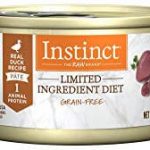
5. Instinct Limited Ingredient Diet Grain-Free Real Duck Recipe Canned Food |
|
|
Protein
8% Min |
Protein
32% Min |
Protein
39% Min |
Protein
11% Min |
Protein
10.5% Min |
|
Fat
4% Min |
Fat
15% Min |
Fat
28% Min |
Fat
3.5% Min |
Fat
7% Min |
|
Fiber
2% Max |
Fiber
6% Max |
Fiber
2.4% Max |
Fiber
2% Max |
Fiber
2% Max |
|
Moisture
82% Max |
Moisture
9% Max |
Moisture
5.2% Max |
Moisture
78% Max |
Moisture
76% Max |
|
Caloric Content
805 kcal/kg or 135 kcal/156 g carton |
Caloric Content
3,613 kcal/kg |
Caloric Content
5,120 kcal/kg |
Caloric Content
148 kcal/5.5-oz can |
Caloric Content
1,285 kcal/kg |
|
Food Type
Fresh |
Food Type
|
Food Type
|
Food Type
|
Food Type
|
Keep reading to learn more about what causes hairballs in cats and what you can do to control them? You’ll also receive our top 5 picks for the best cat food for hairball control.
What Causes Hairballs In Cats?
Your cat spends a majority of its day sleeping, but when it is awake, much of that time is spent grooming. Grooming is a natural behavior for cats, and it helps keep the coat smooth and shiny. Grooming distributes the natural oils produced in your cat’s skin that hydrates and softens the coat.
The problem is when your cat ingests too much hair during the grooming process and is then unable to digest that hair. The result is a slimy wad of hair coughed up on your floor or furniture. But what actually causes hairballs in cats?
Your cat’s tongue is covered in tiny little hooks that catch dead hair, which is then swallowed during the grooming process. Most of that hair passes through the cat’s digestive tract with no issue, but some of it gets stuck, forming a hairball over time. Hairballs are more common in long-haired cats and in cats that shed more than normal. Increased stress can cause your cat to compulsively groom itself, swallowing more hair in the process and making hairballs worse.
Keeping all of these things in mind, you’re now ready to learn how to choose the best cat food for hairball control. Here’s what you need to know:
How To Choose The Best Cat Food For Hairball Control?
One of the easiest ways to reduce hairballs is to brush your cat more frequently. By removing some of the dead hair from your cat’s coat, you can reduce the amount of hair your cat swallows during grooming. Making changes to your cat’s diet may help as well by improving the quality of the cat’s coat or by encouraging the digestive system to pass hairballs instead of regurgitating them.
Here are some things to look for in a cat food for hairball control:
- Higher fiber content. Fiber is essential for healthy digestion, but, in most cases, you want to keep the fiber content of your cat’s diet low-to-moderate to avoid digestive upset. If your cat has hairball issues, however, a slightly higher fiber content could be beneficial.
- Digestible ingredients. The more digestible the ingredients in your cat’s food, the more easily they will pass through its system, pushing out collected hair along with it.
- Higher moisture content. Cats tend not to drink a lot of water, but proper hydration is essential for healthy digestion. Feeding your cat wet food or moistening its dry food can increase its moisture intake to support healthy digestion and healthy skin and coat.
- Prebiotics and probiotics. Prebiotic fibers and probiotic supplements support healthy and regular digestion in your cat, helping its system pass hairballs instead of vomiting them up.
- No artificial additives. Things like fillers, by-products, and artificial flavors serve no nutritive value for your cat and are only likely to trigger digestive upset that can mess with your cat’s digestion and reduce its ability to pass hairballs.
The Top 5 Best Cat Foods For Hairball Control
The best cat food for hairball control will be highly digestible and made from wholesome, natural ingredients. It should start with a premium source of animal protein with plenty of animal fats, plus fiber for digestion as well as beneficial supplements like prebiotics and probiotics.
Open Farm Wild-Caught Salmon Rustic Blend
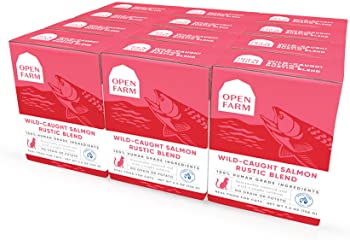
Product Info
- Protein: 8% Min
- Fat: 4% Min
- Fiber: 2% Max
- Moisture: 82% Max
- Caloric Content: 805 kcal/kg or 135 kcal/156 g carton
- Food Type: Fresh
- Real wild-caught pacific salmon as main ingredients
- Whole-food ingredients like fresh vegetables
- Rich in omega fatty acids for healthy skin and coat
- Contains several plant-based ingredients
Open Farm is a fresh pet food company that sends monthly deliveries of small-batch, fresh cat food right to your door in perfectly portioned pouches according to your cat’s daily calorie needs. Their Open Farm Wild-Caught Salmon Rustic Blend is a perfect choice for cats with hairball issues because it is rich in omega fatty acids for skin and coat support.
Blue Buffalo Indoor Hairball Control Chicken & Brown Rice Recipe Adult Dry Cat Food
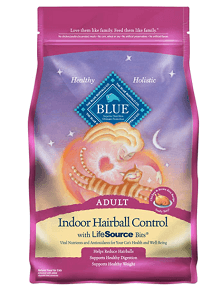
Product Info
- Protein: 32% Min
- Fat: 15% Min
- Fiber: 6% Max
- Moisture: 9% Max
- Caloric Content: 3,613 kcal/kg
- Formulated specifically for indoor cats
- Fresh chicken and chicken meal as protein-rich main ingredients
- Natural sources of omega fatty acids for healthy skin and coat
- Contains some plant protein (pea protein)
- Some cats may be allergic or sensitive to grains
The Honest Kitchen Grain-Free Chicken Recipe Dehydrated Cat Food
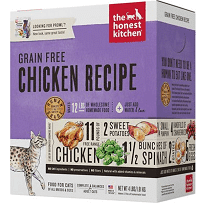
Product Info
- Protein: 39% Min
- Fat: 28% Min
- Fiber: 2.4% Max
- Moisture: 5.2% Max
- Caloric Content: 5,120 kcal/kg
- Rehydrate to provide cat with a rich source of moisture and nutrients
- Free-range chicken as the first ingredient
- Highly digestible, made with human-grade ingredients
- Some cats dislike the texture of rehydrated food
- Fairly expensive compared to traditional kibble
Wellness CORE Grain-Free Indoor Chicken & Chicken Liver Recipe Canned Cat Food

Product Info
- Protein: 11% Min
- Fat: 3.5% Min
- Fiber: 2% Max
- Moisture: 78% Max
- Caloric Content: 148 kcal/5.5-oz can
- Premium animal proteins like chicken and chicken liver
- Formulated for indoor cats
- Highly digestible and moisture-rich for healthy digestion
- Somewhat more expensive than other canned foods
- Contains some plant protein (pea protein)
Instinct Limited Ingredient Diet Grain-Free Real Duck Recipe Canned Food
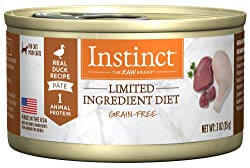
Product Info
- Protein: 10.5% Min
- Fat: 7% Min
- Fiber: 2% Max
- Moisture: 76% Max
- Caloric Content: 1,285 kcal/kg
- Single source of novel animal protein
- Highly digestible to reduce hairballs
- Complete and balanced nutrition
- Contains plant protein (pea protein) as a main ingredient
- Doesn’t contain probiotic supplements
Final Remarks
Before changing your cat’s diet, talk to your veterinarian to rule out any potential underlying health problems that could be making your cat’s hairballs worse. If dietary changes are all that is needed, look for a recipe featuring premium animal proteins, supplemental fiber, and wholesome, natural ingredients. This is the key to healthy and regular digestion as well as reduced hairballs.
Now that you understand what causes hairballs and how to resolve them with a healthier diet, you’re ready to start shopping for new cat food! If you’re not sure where to start, try one of our top 5 picks reviewed above!
